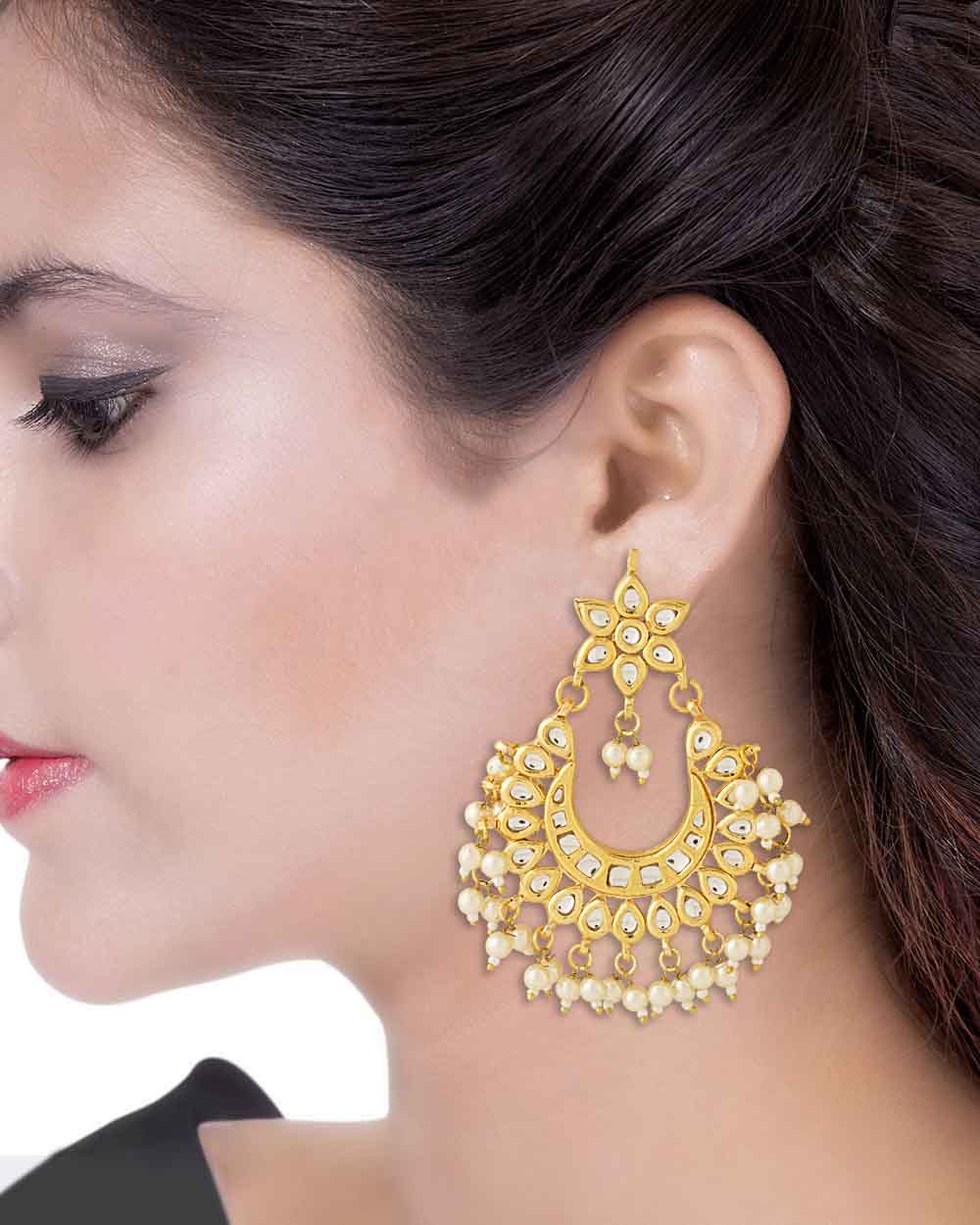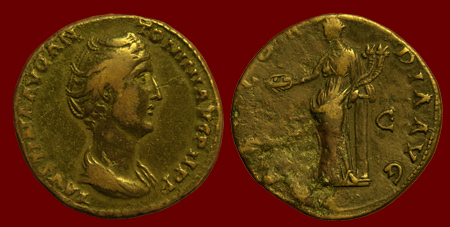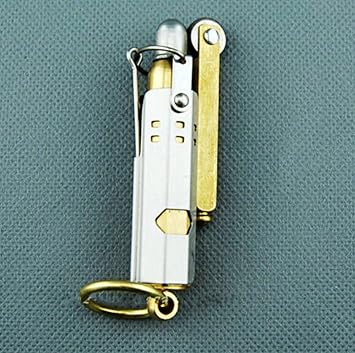TRADITIONAL EARRINGS THAT COMPLEMENT SAREES
Every Indian woman is aware that a traditional attire such as a saree is deemed incomplete without a pair of show-stopping earrings. Similar to bags and shoes, a woman can’t have enough variety of earrings. After all, we need them to match the variety of outfits that we have! In fact, Bollywood divas like Deepika Padukone and Sonam Kapoor are famous for showcasing beautiful and stylish earrings.
If you’re wondering which types of earrings you can wear with your saree, consider the following options:
Latkans
This style of earring is simple, casual yet elegant. They pair perfectly with sarees, ghagra cholis and other traditional Indian outfits. In fact, sleek latkans with a plain chain can also be worn with fusion gowns.

Jhumkas
Jhumkas are a traditional style of earring and perhaps the most recognized. There are an assortment of jhumka styles from plain metallic such as silver, copper and gold to colourful jhumkas in regular stones and semi-precious stones. Some jhumkas are accented with dangling pearls. This beautiful earring is a perfect complement to a saree, lehenga choli, anarkali suit or even kurta and pyjama. You can easily match the color of the jhumka to the outfit or play it safe by opting for simple gold tone ones.

Studs
Some women don’t like the heaviness of earrings and prefer something lightweight. Studs are the perfect solution. These are an excellent option for women who prefer simpler jewellery. Studs don’t have to be very small. They can be sparkling and larger than the average stud. However, keep in mind that when wearing a stud it is best to style your hair up, i.e. in an up do or a bun. This will make your facial area (and ears) more noticeable.

Chand Balis
Chand balis are elegant, sophisticated and stylish. You’ve likely seen them being worn by Deepika Padukone in Goliyon Ki Raas Leela Ram-Leela. These earrings are a perfect pairing with sarees. In fact, they suit chaniya cholis as well.

Chandelier Earrings
Chandeliers are lengthy earrings that often reach just above the shoulders. They are graceful, pretty and charming. Chandeliers are perfect with contemporary sarees and Indo-Western gowns.

Tiered Jhumkas
This stylish earring is the latest rage in fashion today. They are a fresh and unique take on traditional jhumkas. Tiered jhumkas are multiple jhumkas lined up in succession as opposed to a single jhumka in the traditional form. These are well suited for sarees as well as kurtis and salwar suit sets.

When dressing up in a saree, ghagra choli, salwar suit or Indo-Western gown, don’t forget to complete your look with a pair of beautiful traditional earrings.
Shop for these earrings at Indian Wedding Saree.










